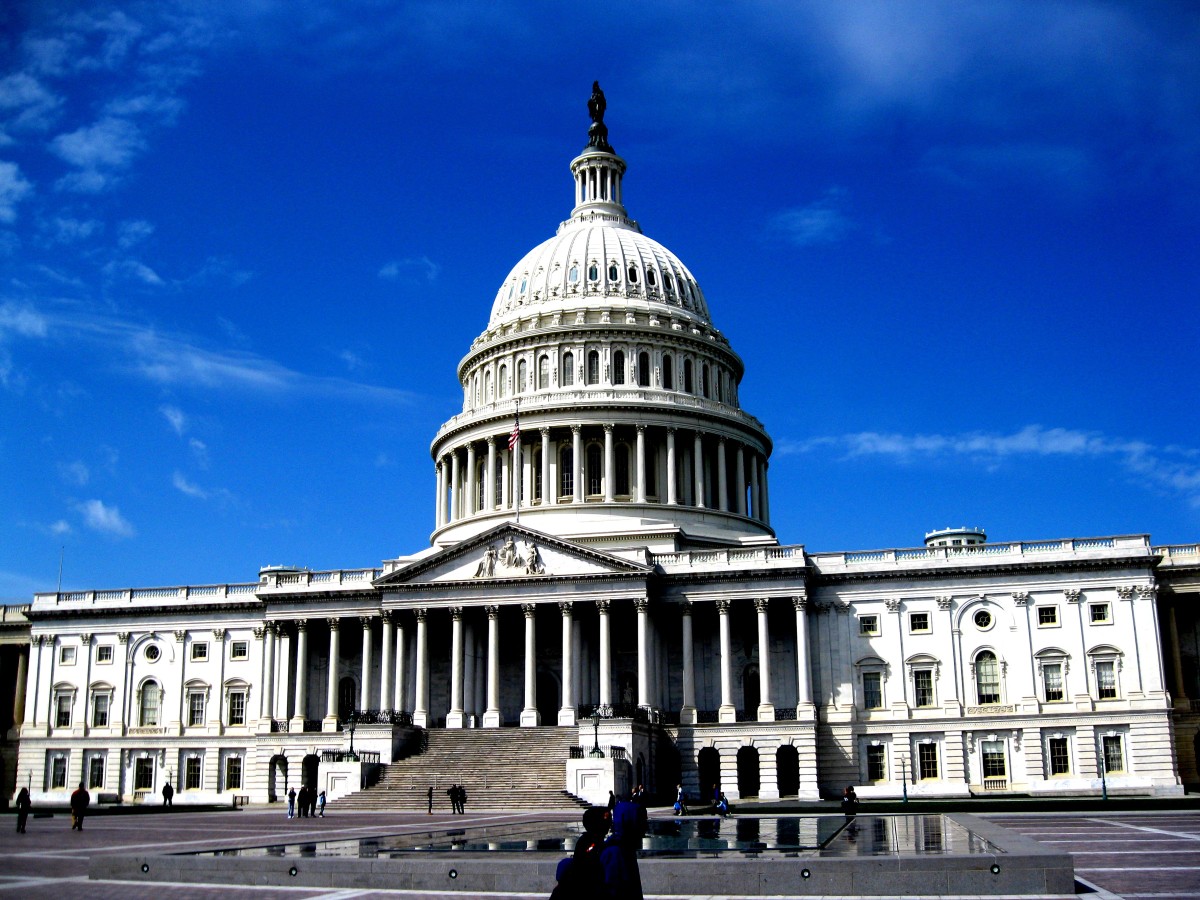No data point exists in a vacuum. And if you’re trying to explain the world using open data (a worthwhile pursuit!) it’s important to take into account the context in which the data exists and was created.
So we are reminded this week by an excellent blog post that first appeared on the D.C. Policy Center site and was later reposted to DataLensDC, Kate Rabinowitz’s blog that is generally dominated by data visualizations explaining life and change in the District.
The post uses an example of a data visualization on pedestrian safety, which Rabinowitz argues is not very well constructed. “All data is not created equal, though, and how data is created must be factored into any analysis,” she writes. “What could the creators have done differently? At a minimum, the data should have been put into context with its limitations explained.”
As the D.C. government strives to make more data open data, she goes on, using this data responsibly becomes an even bigger imperative. “The increasing openness of city data is a great opportunity for citizens, researchers, journalists, and businesses,” Rabinowitzw writes, “but the use of this data must come in tandem with an understanding of the inherent limitations of data.”
Amen.
Join our growing Slack community
Join 5,000 tech professionals and entrepreneurs in our community Slack today!
Donate to the Journalism Fund
Your support powers our independent journalism. Unlike most business-media outlets, we don’t have a paywall. Instead, we count on your personal and organizational contributions.

National AI safety group and CHIPS for America at risk with latest Trump administration firings

How women can succeed in male-dominated trades like robotics, according to one worker who’s done it

Geomapping goes splat: The evolving future of Google Earth

